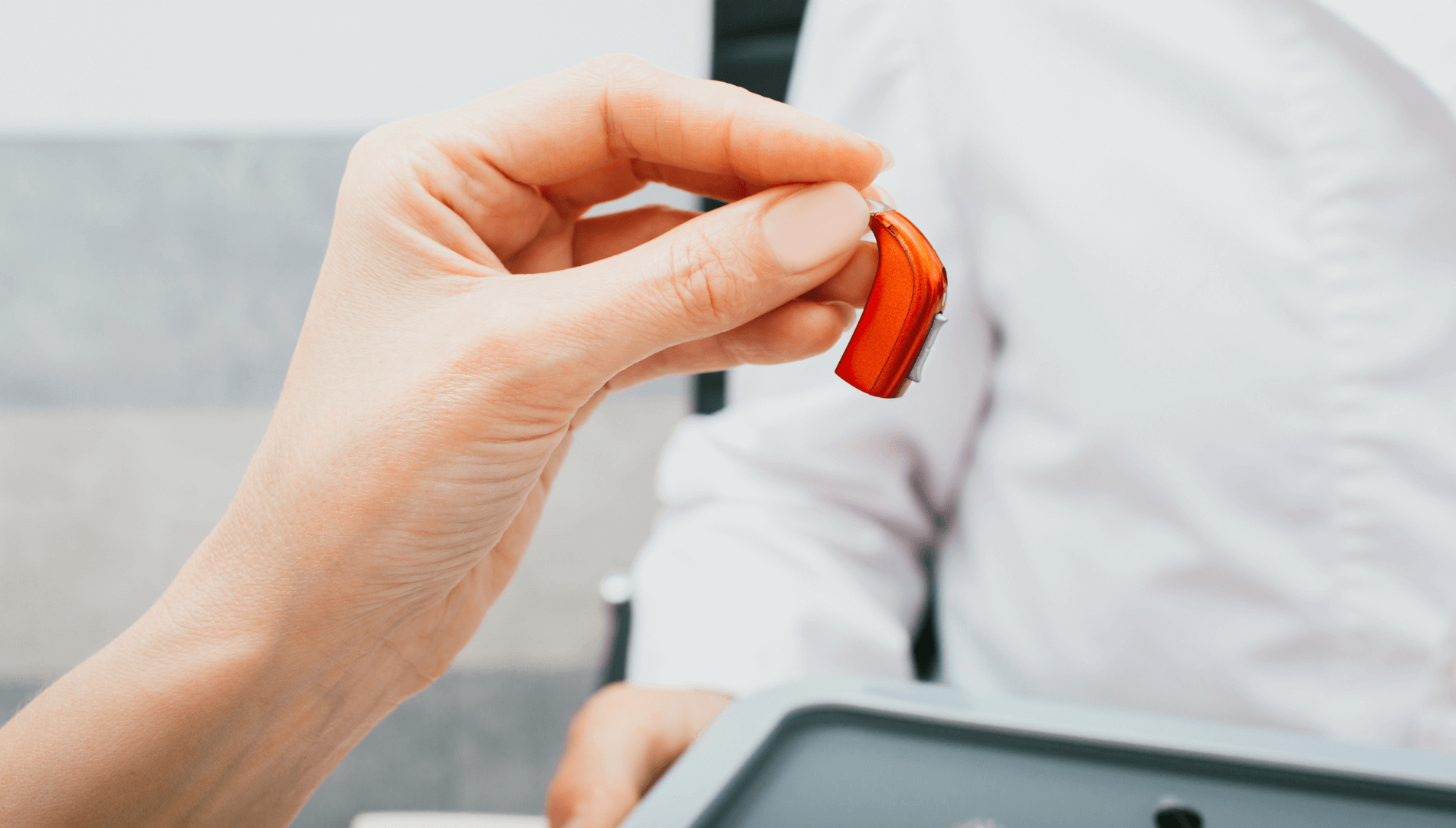Advancements in hearing technology have transformed how individuals manage their hearing loss. Rechargeable hearing aids are one of these innovations, offering convenience and remarkable functionality.
Hearing aids amplify sounds to assist those with hearing loss. Traditional hearing aids use disposable batteries, which need frequent replacement. In contrast, rechargeable hearing aids use built-in batteries that can be recharged, often lasting a whole day on a single charge.
Components of Rechargeable Hearing Aids
Rechargeable hearing aids have several key components:
- Microphone: Captures sound from the environment.
- Processor: Analyzes and amplifies the sound for clearer hearing.
- Receiver (Speaker): Delivers the enhanced sound into the ear.
- Rechargeable Battery: Powers the hearing aid and can be recharged repeatedly.
When a sound is detected, the microphone captures it and sends it to the processor. The processor then adjusts the sound based on the level of hearing loss and amplifies it. Finally, the receiver sends the amplified sound into the ear canal.
Advantages of Rechargeable Hearing Aids
Rechargeable hearing aids offer several significant benefits.
Choosing rechargeable hearing aids reduces environmental waste. Disposable batteries contribute to landfill waste and require mining for materials, which has a significant environmental impact. Rechargeable batteries can last for several years before needing replacement, reducing frequent waste.
Rechargeable hearing aids can also lead to cost savings over time. Although the initial cost might be higher, the savings from not purchasing disposable batteries can add up. Frequent battery purchases for traditional hearing aids can be expensive.
Next, convenience is a significant benefit. Users never need to worry about running out of batteries while out and about. Most models can last all day on a full charge and can be charged overnight while sleeping. Many come with portable charging cases, making it easy to recharge on the go.
How to Charge These Hearing Aids
Charging rechargeable hearing aids is simple. Place the hearing aids in the charging station or charging case, ensuring that they are properly seated. Most hearing aids will have indicators to show their charging status. Once the hearing aids are fully charged, these indicators will signal that they are ready for use. Charging times can vary, with some models taking only a few hours to fully charge.
Proper maintenance is also essential to ensure the longevity of rechargeable hearing aids.
Regular cleaning can help prevent damage and maintain functionality. Gently wipe the hearing aids with a soft, dry cloth and ensure that the microphone and receiver ports are debris-free. It’s also essential to avoid exposing the hearing aids to moisture.
Proper storage techniques also help. When not in use, place the hearing aids in their charging stations. This ensures that they are always ready for use. Avoid exposing the devices to extreme temperatures.
Regular check-ups with a hearing health professional help monitor the hearing aids’ performance. Hearing health professionals can ensure that the settings are optimal and that the devices are functioning correctly.
Common Concerns and Misconceptions
There are some common misconceptions about rechargeable hearing aids.
A common worry is the frequency of charging. Many assume that rechargeable hearing aids will require frequent charging throughout the day. However, most modern rechargeable hearing aids are designed to last an entire day on a single charge.
Some believe that rechargeable batteries are difficult to replace. However, when they eventually wear out—typically after several years—hearing health professionals can easily replace them.

